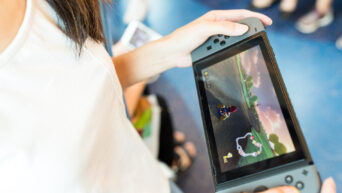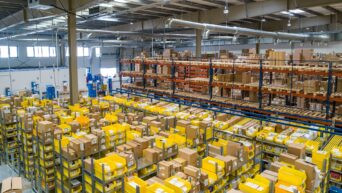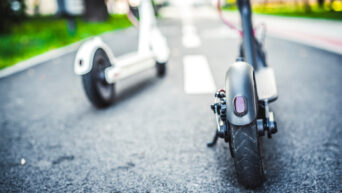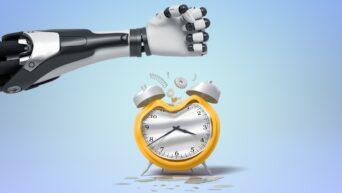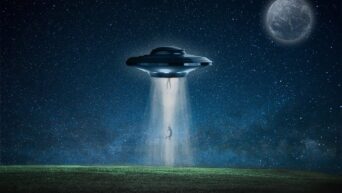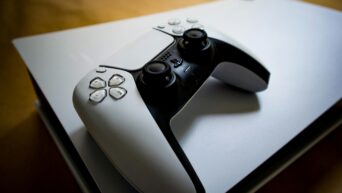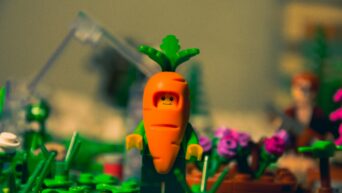NASA astronaut Sunita Williams faces unexpected physical challenges after spending over eight months in space
Imagine waking up one day and realizing you’ve forgotten how to walk. Sounds like something out of a sci-fi movie, right? But for NASA astronaut Sunita Williams, this bizarre reality is exactly what she’s facing after spending over eight months in space—far longer than originally planned.
A Mission That Went Off Track
Williams, 59, and her fellow astronaut Barry Wilmore, 62, launched aboard Boeing’s Starliner capsule in June 2023, expecting to spend just eight days on the International Space Station (ISS). But due to unexpected technical failures with the spacecraft, their return trip was scrapped. Instead of coming home, they were forced to extend their stay indefinitely, waiting for an alternative ride back to Earth.
Now, after more than 230 days in microgravity, Williams admits she’s struggling with something most of us take for granted—simply standing on two feet.
NASA astronaut Sunita Williams, who is stuck in space for past eight months, disclosed that she has lost the capacity to execute a number of fundamental tasks. Speaking about how it feels after spending 234 days in microgravity, Williams acknowledged last week that she doesn't… pic.twitter.com/VfdC7nUt14
— josette caruso (@josettecaruso) February 1, 2025
The Shocking Effects of Microgravity
Living in space isn’t just about floating around in zero gravity and admiring the view of Earth. Extended time in space takes a serious toll on the human body.
In microgravity, astronauts don’t use their muscles the way we do on Earth. Without the force of gravity, bones weaken, muscles shrink, and even basic movements like standing or walking become foreign concepts. Williams explained in a recent call with students at her former high school:
“I’ve been up here long enough, right now I’ve been trying to remember what it’s like to walk. I haven’t walked. I haven’t sat down. I haven’t laid down.”
After seven months on the #ISS, astronaut #SunitaWilliams has forgotten how to walk due to extended weightlessness.
Originally a short mission, delays stretched her stay, impacting her physically and emotionally as she maintains family connections.
Know more 🔗… pic.twitter.com/fDW5Lcc9As
— The Times Of India (@timesofindia) January 30, 2025
It’s not just about muscle loss—NASA studies show that astronauts lose about 1% of their bone density every month they spend in space. That means after eight months, Williams and Wilmore will have experienced significant deterioration, making their return to Earth physically challenging.
The Long Wait for a Ride Home
So why haven’t they returned yet? NASA deemed Boeing’s Starliner capsule unfit for a safe return, citing helium leaks and thruster malfunctions. Instead, Williams and Wilmore are now scheduled to hitch a ride home on SpaceX’s Crew-9 capsule—but that won’t happen until at least late March 2024.
This delay has raised concerns from both the public and high-profile figures. Former President Donald Trump even weighed in, claiming that the astronauts were “abandoned by the Biden administration” and urging Elon Musk to “go get them.”
Musk responded by reassuring the public that SpaceX was already tasked with bringing Williams and Wilmore home. However, the timeline remains uncertain, with some experts suggesting SpaceX could speed up Crew-10’s launch to get Crew-9 back sooner.
The Challenge of Returning to Earth
Whenever they do return, Williams and Wilmore will have to relearn how to function in gravity. NASA astronauts train for this, but the process isn’t easy. After extended space missions, returning astronauts often struggle to:
- Walk without assistance due to weakened muscles
- Regain balance and coordination after months without gravity
- Adjust to normal blood circulation since fluids shift in space
- Recover from radiation exposure and psychological stress
NASA has medical teams standing by to help them regain their strength through rehabilitation and physical therapy.
The Bigger Picture
While Williams and Wilmore won’t break the record for the longest ISS stay (which stands at 371 days), their situation highlights the challenges of long-term space travel. As humanity pushes toward future missions to Mars and beyond, learning how to keep astronauts healthy in space—and safely bring them back—will be more important than ever.
For now, Williams and Wilmore are making the best of their extended stay, continuing their scientific research aboard the ISS. But when they finally do land back on Earth, one thing is certain—walking will feel like an entirely new experience.







